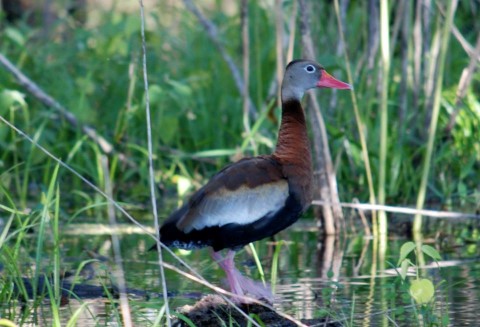
Black-bellied Whistling Duck (Dendrocygna autumnalis)
Photo by Doug Little
Today, I'm starting a new series of posts on guess what? Yep. Ducks. Well, ducks and duck-like birds of the St. Johns River area. I was going to put this all in one post, and then I realized there were far too many good things to cram it all into one post. So, instead, I'm going to divide this up by species. In the next three to four weeks, I will be sharing photos and information on some of the most beautiful and interesting birds to make the St. Johns River basin home for part, if not all of, each year. I hope you will enjoy learning more about the following:
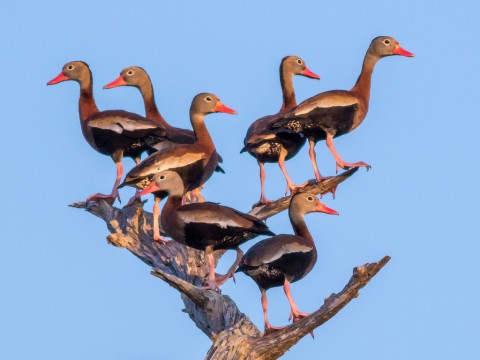
Black-bellied Tree Ducks, Now Known as Black-bellied Whistling Ducks
(There was a reason for the name, you see.)
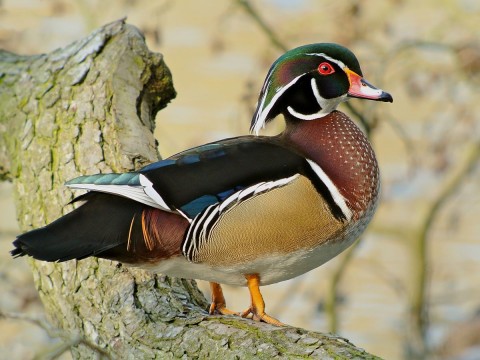
Wood Duck (Aix sponsa)
Possibly the most beautiful of all the ducks.
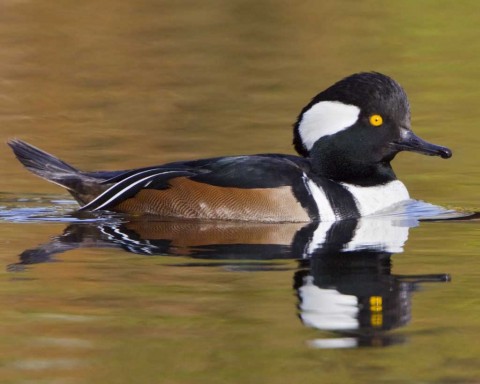
Hooded Mergansers (Lophodytes cucullatus)
Wait until you see what this guy can do!
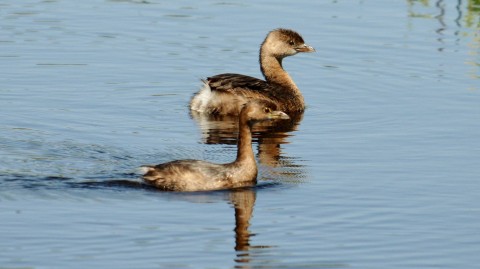
Pied-billed Grebes (Podilymbus podiceps)
Itsy-bitsy, and oh, so cute!
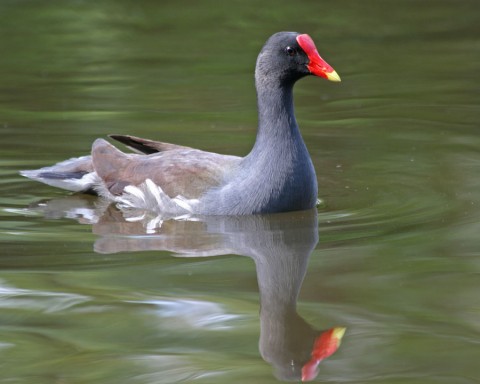
Common Gallinule (Gallinula galeata)
Who says common can't be beautiful?
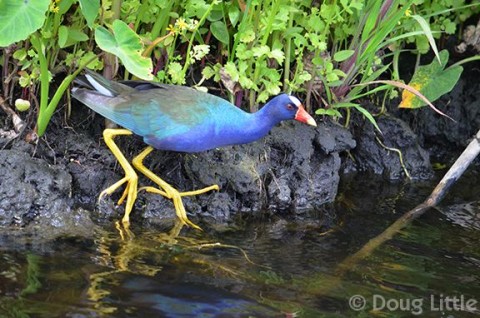
Purple Gallinule (Porphyrio martinicus)
How about those big, yellow feet?
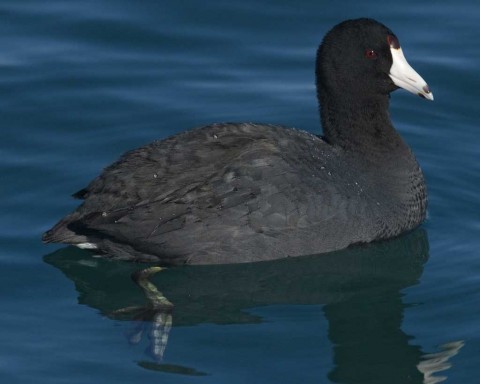
American Coot (Fulica Americana)
Less flashy, but every bit as cool.
I can't wait to share some of the neat stuff I've found out about these birds. Some of it I knew from personal observation, but a lot of it was new to me, and I hope will make for a very enjoyable series of posts. For instance, from the picture at the top of the page, you can probably guess where tree ducks got their common name, but what about wood ducks? Those truly breathtaking little gems have secrets of their own, you know. Like this:
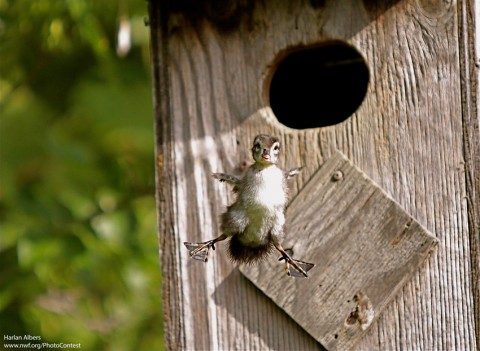
What the heck is going on with this little guy?
Learn more about baby wood ducks in next week's post.
You might be surprised.
And did you ever realize just how prolific ducks can be?
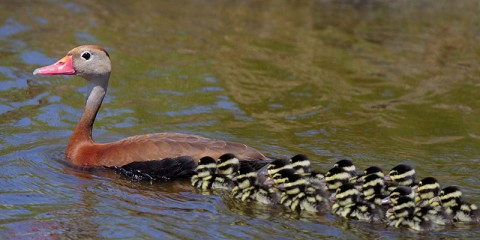
Mama black-bellied whistling duck is just one example.
Other things we'll discuss as we visit with each species will include which ducks are the most hunted in America? Why? Do coots, also known as mudhens, make good eating? What were whistling ducks once known as? What do common moorhens and common gallinules have in common? What is the range of the purple gallinule? Are coots ducks? What about grebes? And what the heck is a merganser, anyway? Hope you'll join me as we take an in-depth look at the seven species of waterfowl pictured above. It's gonna be fun, I promise! See?
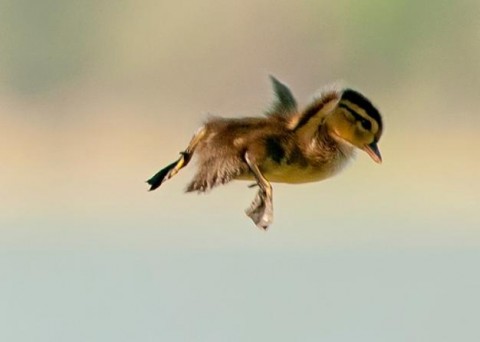 "Whaddya mean I'm supposed to wait until I have wings? NOW you tell me?"
"Whaddya mean I'm supposed to wait until I have wings? NOW you tell me?"
Until next time, remember what I always say: Look UP now and then!
You never know what might be looking down at you.
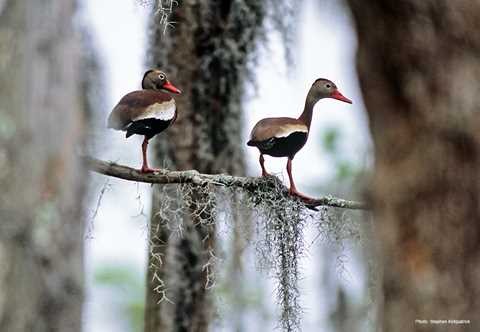
And don't forget to book an eco tour aboard the Naiad!
You deserve it!
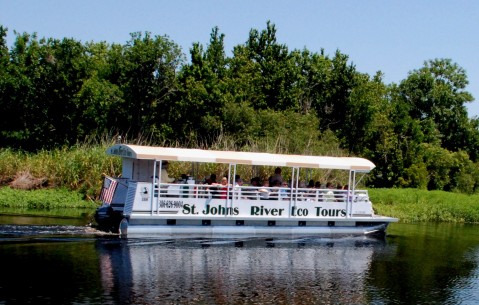
SEE YA NEXT TIME!